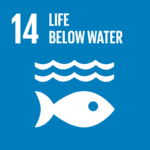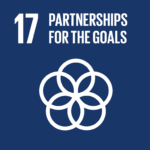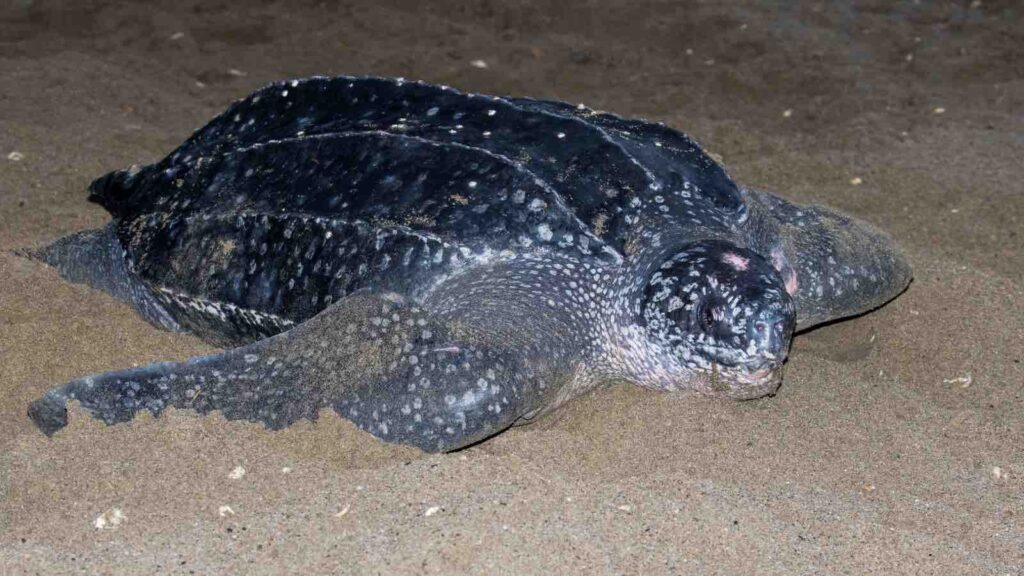A recent global study indicates that sea turtle populations are rebounding in several regions, reflecting decades of conservation efforts. However, certain populations, particularly in the Pacific Ocean, continue to face significant threats.
The International Union for Conservation of Nature (IUCN) Species Survival Commission’s Marine Turtle Specialist Group (MTSG) conducted a comprehensive assessment of 48 sea turtle populations across six species. The study, published in the journal Endangered Species Research, involved nearly 150 experts from 50 countries. Findings reveal that over 40% of these populations are now categorized as low risk and low threat, a substantial increase from 23% in 2011.
RELEVANT SUSTAINABLE GOALS


Bryan Wallace, the study’s lead author, emphasized the impact of localized conservation initiatives, stating, “This work demonstrates the profound impact of local conservation efforts worldwide. It reflects the dedication of numerous individuals and organizations working both on land and at sea to protect these ancient and iconic mariners.”
Persistent Threats to Certain Populations
Despite overall improvements, the study highlights ongoing challenges. Bycatch from fishing activities remains the most pressing threat to sea turtles globally. Additional risks include coastal development, marine pollution—particularly plastic waste—climate change, and the direct harvesting of turtles and their eggs.
Nine populations, mainly in the Pacific Ocean, are identified as high risk despite facing relatively low immediate threats.This suggests a need for targeted conservation efforts in these regions. Conversely, many Atlantic populations are considered low risk and low threat, indicating more stable conditions.
Leatherback Turtles: A Species of Concern
The leatherback turtle, the largest and most widely distributed sea turtle species, emerges as particularly vulnerable. It holds the highest combined risk and threat scores among all populations studied. Roderic Mast, co-chair of the MTSG and president of the Oceanic Society, remarked, “This is very good news. Decades of sea turtle conservation have yielded results. However, it also serves as a call to action and a reminder that we must continue our work and intensify efforts for the most threatened populations. We need increased funding, stronger collaboration, and enhanced conservation capacity, especially in areas crucial to sea turtles that also face socio-economic challenges.”
The study underscores the importance of sustained and consistent conservation actions. While progress is evident, the persistence of certain threats necessitates ongoing vigilance and intervention. The findings serve both as a testament to the success of past efforts and a roadmap for future initiatives aimed at ensuring the survival of sea turtle populations worldwide.
You may also be interested in :
Restoring Reefs, Reviving Communities : How BRI is Helping Protect Gili Mantra’s Marine Ecosystem




